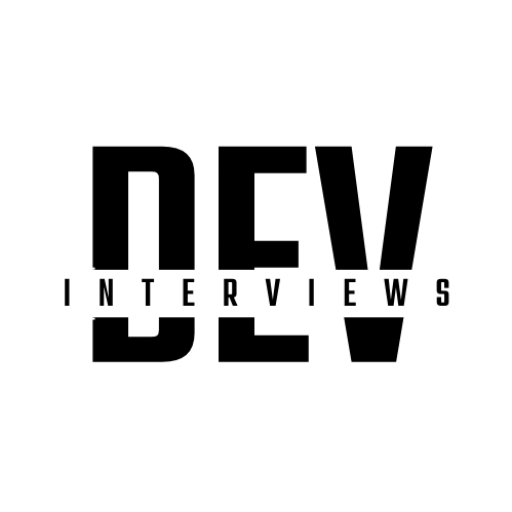Preparing for a technical interview with FAANG (Facebook, Amazon, Apple, Netflix, Google) companies requires a strategic approach. These companies are known for their challenging interview processes, which often test candidates on their coding skills, system design knowledge, problem-solving abilities, and more. Here’s a comprehensive guide to help you get ready:
1. Understand the Interview Structure
Before diving into preparation, it’s important to understand the typical structure of FAANG technical interviews. These interviews are usually divided into multiple rounds:
- Phone/Initial Screen: Often involves one or two technical coding problems.
- On-site Interviews: This is the main interview and can include multiple rounds of coding challenges, system design, and behavioral interviews.
- Behavioral Interviews: While less technical, these are designed to assess your teamwork, problem-solving approach, and how you align with the company’s culture.
2. Master Data Structures and Algorithms
Data structures and algorithms form the core of most FAANG technical interviews. Topics such as arrays, linked lists, stacks, queues, trees, graphs, dynamic programming, sorting, and searching are often tested. Some of the most common types of problems include:
- Recursion and backtracking
- Dynamic programming
- Graph traversal (BFS, DFS)
- Binary search trees
- Hashmaps
Spend time solving problems on platforms like LeetCode, HackerRank, or Codeforces. The key here is not just solving problems, but understanding the underlying patterns and knowing multiple ways to approach a problem.
3. Practice System Design
System design is a crucial part of the FAANG interview process, especially for mid to senior-level positions. You might be asked to design a scalable, fault-tolerant system. Topics you should be familiar with include:
- Distributed systems
- Database sharding
- Caching mechanisms
- Load balancing
- CAP theorem
- Microservices architecture
To prepare, consider working through real-world design problems, such as designing a URL shortening service, an online chat application, or a large-scale search engine.
4. Brush Up on Computer Science Fundamentals
While coding problems are the focus, you may also face questions about core computer science topics. These may include:
- Operating systems (threads, processes, deadlocks)
- Networking (HTTP, TCP/IP, sockets)
- Databases (SQL, NoSQL, indexing, transactions)
Understanding the theory behind these concepts and their practical application is essential, as FAANG companies value strong foundational knowledge.
5. Work on Coding Efficiency
In addition to solving problems, you’ll need to write clean, efficient code during interviews. Focus on:
- Code clarity: Write readable, maintainable code with appropriate variable names and comments.
- Optimization: Strive for time and space-efficient solutions. Be prepared to discuss time complexity (Big-O) and how your solution can be optimized.
- Edge cases: Always consider edge cases and thoroughly test your solutions to ensure they work under all scenarios.
6. Develop Problem-Solving Strategies
When faced with complex problems during an interview, it’s important to have a structured approach. Here’s a problem-solving method that works well:
- Understand the problem: Clarify the problem statement by asking questions.
- Break it down: Divide the problem into smaller parts.
- Plan your approach: Discuss your plan with the interviewer before writing code.
- Write the code: Implement your solution clearly and methodically.
- Test your solution: Check for edge cases and walk through your code step-by-step.
7. Prepare for Behavioral Interviews
FAANG companies also place a strong emphasis on cultural fit and soft skills. The behavioral interview focuses on assessing how you handle teamwork, challenges, failures, and leadership. Prepare answers for questions like:
- “Tell me about a time you faced a difficult challenge and how you handled it.”
- “Describe a situation where you led a team to success.”
- “How do you prioritize tasks when working under pressure?”
Use the STAR method (Situation, Task, Action, Result) to structure your answers clearly and concisely.
8. Practice Mock Interviews
One of the best ways to simulate the interview environment is by practicing with mock interviews. You can do this with a friend, mentor, or even use platforms like Pramp or Interviewing.io. Mock interviews will help you manage interview pressure and refine your communication skills.
9. Focus on Communication
Good communication is key to succeeding in FAANG interviews. Interviewers are not just looking for the correct answer, but also how you approach problems. Make sure to:
- Explain your thought process as you solve the problem.
- Ask clarifying questions before jumping to code.
- Respond positively to feedback if the interviewer points out issues in your solution.
10. Be Prepared for Rejection and Persistence
Lastly, FAANG interviews can be highly competitive, and it’s possible that you won’t succeed on your first try. However, persistence is key. Learn from each experience, identify areas of improvement, and keep practicing. The most successful candidates often go through multiple interview cycles before landing their dream job.
Conclusion
FAANG technical interviews are undoubtedly challenging, but with the right preparation and mindset, you can succeed. Focus on mastering the fundamentals, practicing coding problems, and honing your system design skills. With persistence and determination, you’ll be well-prepared to ace your FAANG interview and take the next step in your tech career.




